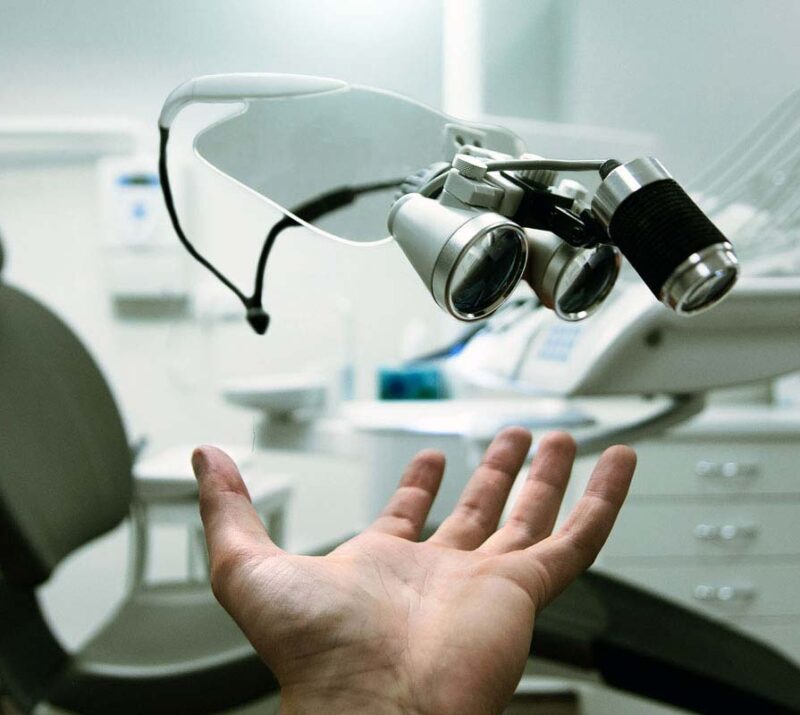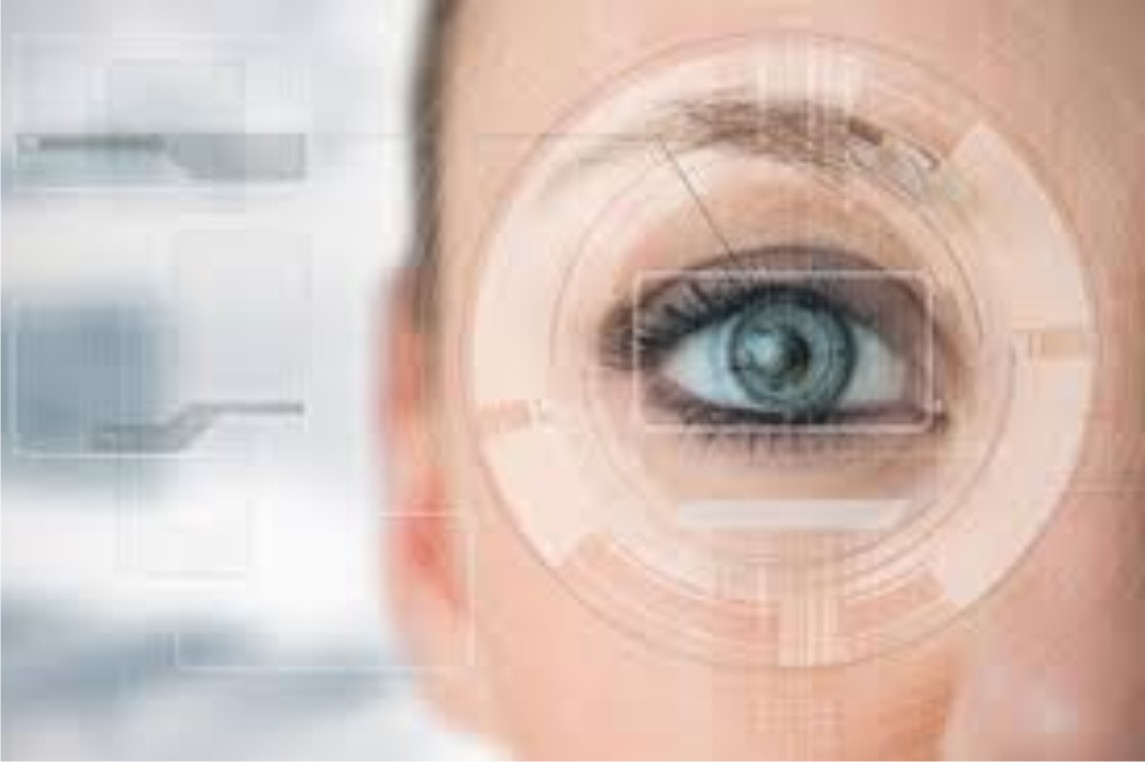

PROJECT DETAILS
- Hospital Name Prabhu Netralaya
- Doctor Dr. Ankit Gupta
- Surgery Refractive Nature
- Date April 27, 2018
- Diseases Refractive Nature
- Categories Eye Diseases
- Location Rudrapur
Refractive Errors
Refractive errors are extremely common eye conditions that make your vision blurry. Usually, all you’ll need is a new pair of glasses or contacts to restore your vision. Talk to your eye care specialist about vision correction surgery if you have a refractive error but don’t want to wear corrective lenses.
What are refractive errors?
A refractive error is something about the natural shape of your eyes that makes your vision blurry. Refractive errors are some of the most common vision problems people experience.
There are a few types of refractive errors. Some make it hard to focus your eyes on objects close to you. Others make objects far away look blurry. No matter which type of refractive error you have, an eye care specialist can diagnose and treat it. They’ll check your eyes and vision and prescribe a treatment to help you see clearly again.
Most people with refractive errors develop them over time as they grow and develop. Many refractive errors first appear in kids. But you can develop a refractive error at any point in your life, even if you’ve had clear vision before.
Visit an eye care specialist as soon as you notice your vision changing or getting worse. Even if you already wear corrective lenses like eyeglasses or contact lenses, you need your eyes examined regularly.
What are the types of refractive errors?
The four most common types of refractive errors include:
Nearsightedness (myopia)
People who have nearsightedness (myopia) have difficulty seeing distant objects, but can see objects that are close to them clearly. For example, if you have nearsightedness, you might not be able to make out signs on the side of the road until they’re just a few feet away or right outside of your car’s window.
Usually, nearsightedness happens because your eye grows too long from front to back. Sometimes, nearsightedness happens because your cornea or lens is too curved.
Nearsightedness usually develops in kids when they’re around 10 years old.


Farsightedness (hyperopia)
Farsightedness (hyperopia) makes it hard to see objects close to you clearly. It’s the opposite of myopia. If you have farsightedness, you might be able to read words on a screen on the other side of the room clearly, but will struggle to read notes you’re typing on your laptop that’s right in front of you.
Your eye growing too short from front to back causes farsightedness. Another cause is your cornea or lens being too flat (not being curved enough).
People with farsightedness are usually born with it.
Age-related farsightedness (presbyopia)
Age-related farsightedness (presbyopia) is a specific type of farsightedness that develops as you get older. Just like the farsightedness that can affect anyone, presbyopia makes it hard to see things up close. It’s usually the reason people need reading glasses as they age.
Presbyopia develops when the lens of your eye becomes less flexible and can’t focus on objects as well as it used to. It usually develops in people older than 40.
- Minimizing the effects of pests (weeds, insects, pathogens, nematodes).
Astigmatism
Symptoms and Causes
What are the symptoms of a refractive error?
All refractive errors will make your vision worse. In addition to having trouble seeing clearly, your symptoms might include:
- Blurry vision either up close, at a distance or both.
- Double vision (diplopia).
- Headaches.
- Squinting.
- Eye strain.
- Eye pain.
Sometimes, kids might not know their vision is getting worse. If you notice your child has a hard time concentrating or if their grades in school suddenly get worse, they might have a refractive error. Visit your pediatrician or eye care specialist if you notice any changes in your child’s eyes, vision or behavior.
What causes refractive errors?
Changes in the shape of your cornea, your lens or your whole eye can cause refractive errors. Which type of refractive error you have depends on how your eye is shaped.
They can also develop as you get older. Aging eyes can develop a refractive error you didn’t have when you were younger.
Some people develop a refractive error after surgery to remove cataracts from their eyes.
Diagnosis and Tests
How are refractive errors diagnosed?
An eye care specialist will diagnose refractive errors with an eye exam. They’ll look at your eyes (including inside them). They’ll also have you perform a visual acuity test. This will help determine which type of refractive error you have and how much it’s affecting your vision.
Management and Treatment
How are refractive errors treated?
Treatments for refractive errors include:
- Eyeglasses.
- Contact lenses.
- Vision correction surgery such as LASIK and photorefractive keratectomy (PRK).
Usually, your eye care specialist will prescribe you glasses or contacts before you have vision correction surgery. However, you might be a good candidate for vision correction surgery right away. Talk to your eye care specialist about which treatment will work the best for you.
Prevention
How can I reduce my risk of developing a refractive error?
There’s usually nothing you can do to prevent a refractive error from developing in your eyes. Because they’re caused by the shape of your eye, cornea or lens — or changes to these parts of your eyes — there’s no way to prevent refractive errors. There’s also nothing you can do to prevent your child from being born with a refractive error.
Outlook / Prognosis
What can I expect if I have a refractive error?
Having a refractive error might require you to wear glasses or contacts — or need vision correction surgery — but it shouldn’t impact your health.
The prescription (or strength) of your corrective lenses might change over time. Some people who receive vision correction surgery experience regression — the effects of the surgery disappearing over time.
If you have a refractive error, you have an increased risk of developing other conditions that affect your eyes, including:
Living With
When should I have my eyes examined?
Having your eyes and vision checked regularly can help your eye care specialist identify problems right away. How often you should get your eyes checked usually depends on your age:
- Kids: Your child’s pediatrician should check their eyes around the time they learn the alphabet, and then every one to two years.
- Adults younger than 40: Every five to 10 years.
- Adults between 40 and 54: Every two to four years.
- Adults older than 55: Every one to three years.
You might need your eyes checked more often than this if you wear glasses, contacts or need another type of visual aid. People with diabetes need their eyes checked more often than what’s listed here.
Ask your eye care specialist how often you need an eye exam.
When should I see my healthcare provider?
See your healthcare provider or eye care specialist as soon as you notice any changes in your eyes or vision.
Go to the emergency room if you have any of the following symptoms:
- A sudden loss of vision.
- Severe eye pain.
- You see new flashes or floaters in your eyes.
What questions should I ask my doctor?
- Which type of refractive error do I have?
- Which type of corrective lenses will I need?
- Am I a good candidate for vision correction surgery?
- How often do I need an eye exam?



